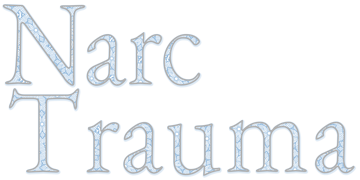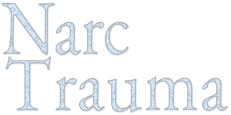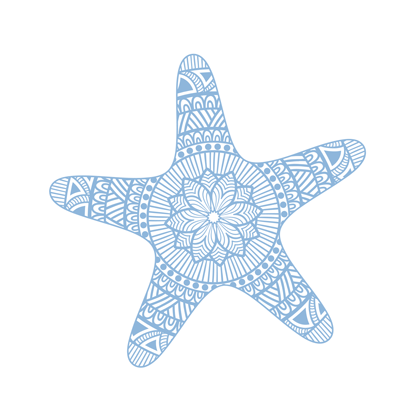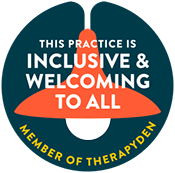Feel Like You Are Addicted to Your Narcissist? This Might Explain Why
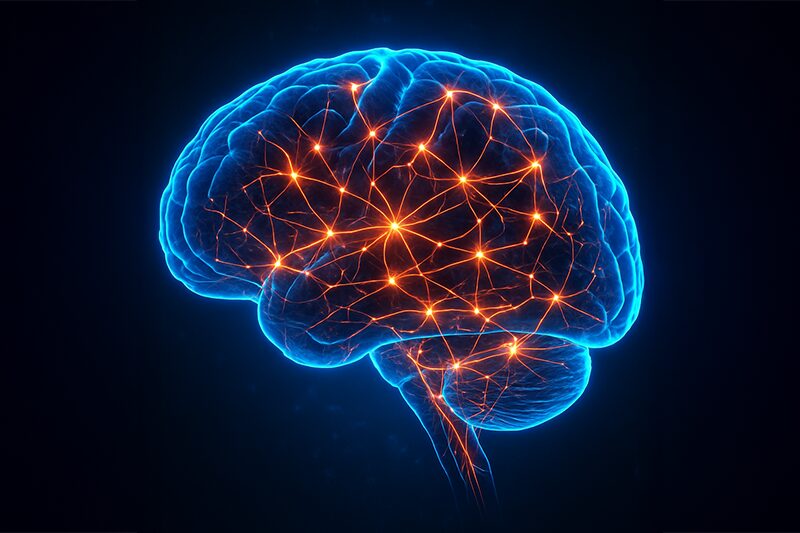
By Brenda Stephens, LPCC
The inconsistent behaviors of a toxic relationship produce a potent cocktail of addictive hormones.
Oxytocin (AKA the “Love” hormone) is the bonding hormone released during cuddling, hugging, sex, massage, and other forms of touch.
Dopamine is the happy hormone. It is released when someone receives attention and affection or when they anticipate receiving attention and affection.
Adrenaline is an addictive stimulant released when we’re unsure if we will receive our dopamine hit of attention and affection.
Cortisol is the stress hormone released during a conflict with a partner and during withdrawal periods.
The release of oxytocin during intimate activities creates feelings of attachment to another person, regardless of whether this person is a healthy or unhealthy match. When conflict occurs, or one person withdrawals and cortisol is released, the brain craves its soothing hit of dopamine from attention and affection. Adrenaline is released due to the uncertainty of receiving the feel-good dopamine.
This is how we stay entangled and even have what feels like what I call a “craving” for the narcissist in our life. It can be in romantic and non-romantic relationships. Still, we probably can see a pattern of this cycle more readily in romantic relationships (I think because we move more quickly through this cycle in romantic relationships). I hope this makes sense and helps you not to blame yourself. We often criticize ourselves for not being “strong enough” to break this cycle, but as you can see, it is pretty complicated and affects us biologically.
